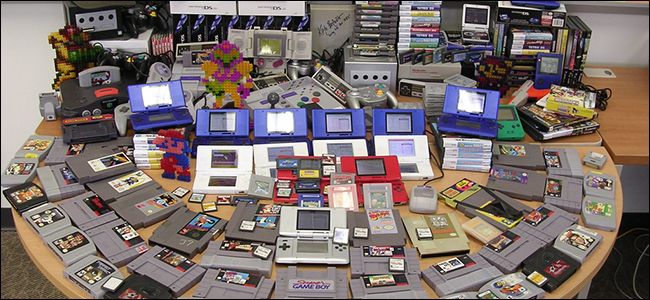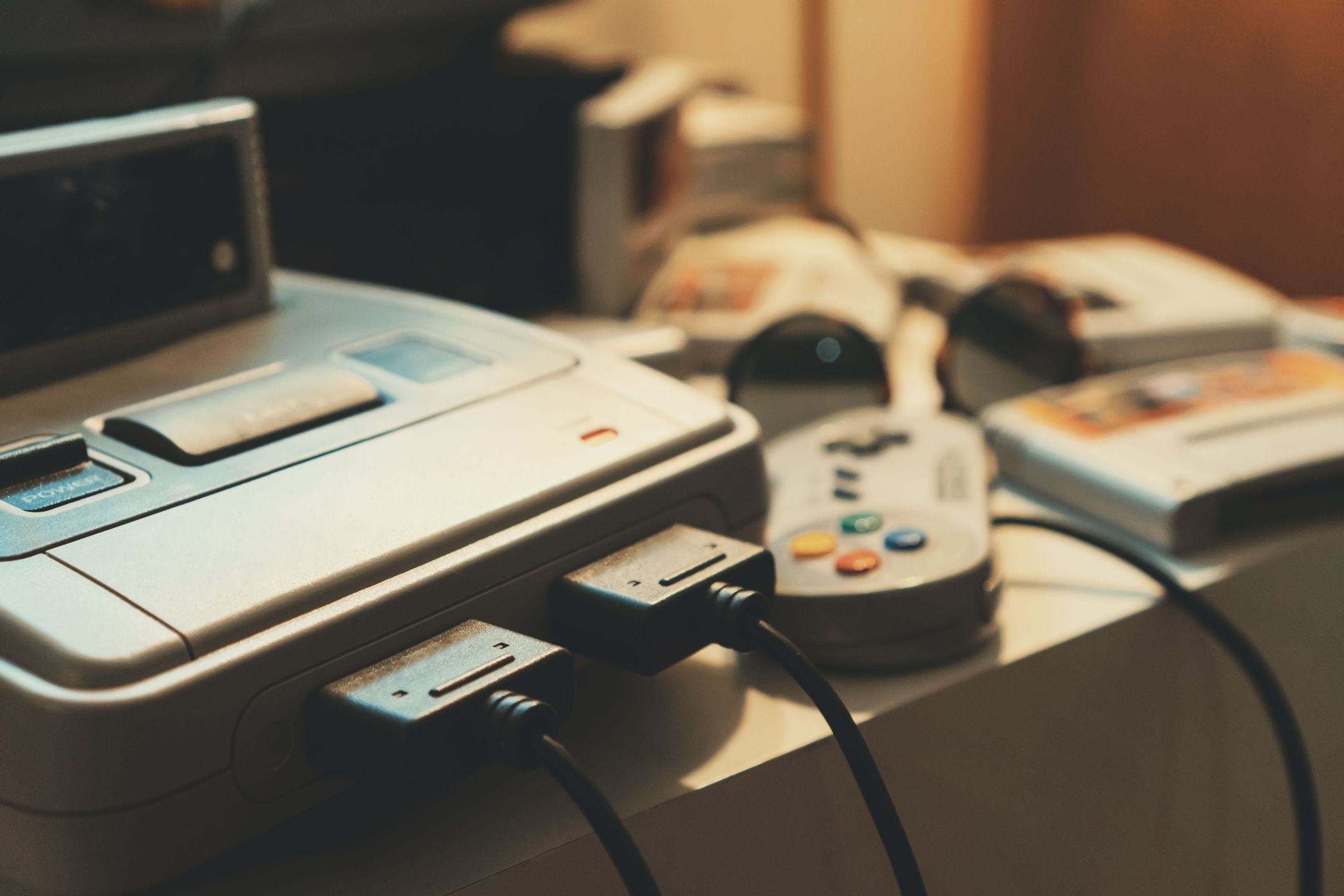Replica consoles are a great way to enjoy retro gaming without dealing with aging consoles that are slowly breaking down. But of course, they’re not the real thing, and there are some things to keep in mind when considering them.

When it comes to retro gaming, I don’t like using emulators. While there are some distinct advantages to them, like save states, playing old Nintendo and Sega games on my phone with a touchscreen or on my desktop just feels weird.
I’m not a retro purist, though—it’s just that I want the console experience when playing old console games. Finding an old console, the right wires, and getting everything set up and working can be a massive pain on a modern TV. So for me, a mix of old-school and new-school technology, one that gives me a sense of nostalgia while updated for the modern era, is perfect.
Thankfully, I’m not the only one who feels this way. Replica gaming consoles (or clone consoles) can capture that feeling and, depending on the type you pick up, almost perfectly recreate the experience. But that doesn’t mean these consoles are the end-all-be-all solution.
Play Your Physical Retro Collection
If you’re a retro game enthusiast, you’re probably a collector as well. It makes sense—you can’t rely on game companies to re-release your favorite games on a modern console, and it can be a chore to find ROMs and set up emulators to play a game you already have.
Furthermore, since these replica consoles are newer, they’re simply going to work. As retro consoles age, they’ll break down. If you don’t have the know-how to fix it, you’ll have to find someone else who can (if you can even find the parts in the first place). These new consoles may not look exactly like the NES and Game Boy consoles of our childhoods, but they will turn on and play your cartridges without any fuss.
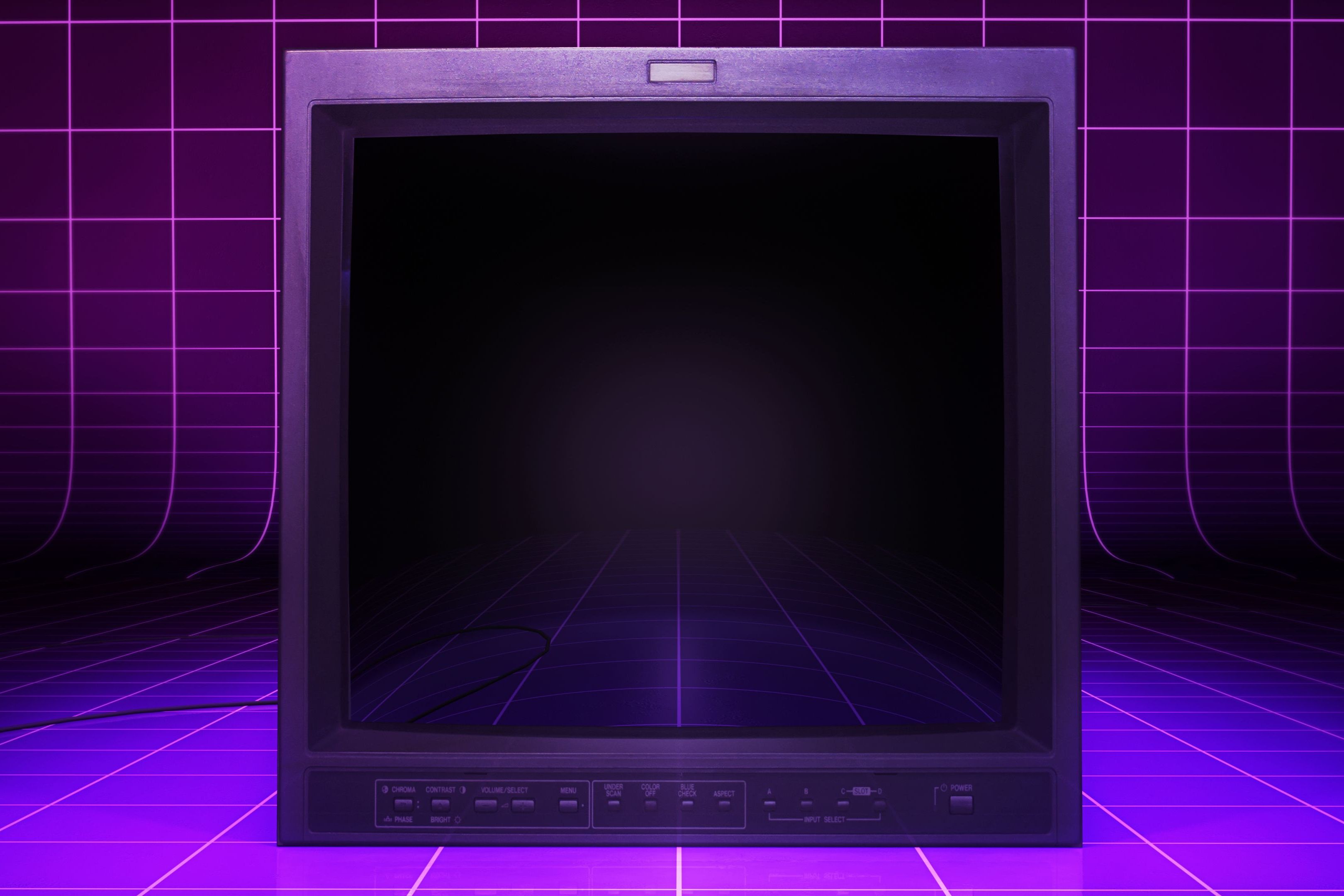
Related
Buying a CRT Reminded Me Why We Dumped Them (But I Love it Anyway)
Ouch, my back!
Also, picking up a newer third-party console means that you’ll get more modern ports and connectors. It’s unlikely you have a TV with RF or RCA cables (unless you’ve gone out of your way to get a CRT TV), but if you pick up the Analogue 3D, for example, you’ll have HDMI and USB-C ports, as well as wireless capabilities for controllers. You’ll also get ports to connect your N64 controllers.
Clone consoles mix old and new together to make a nearly authentic experience while still making it easy to boot up the games.
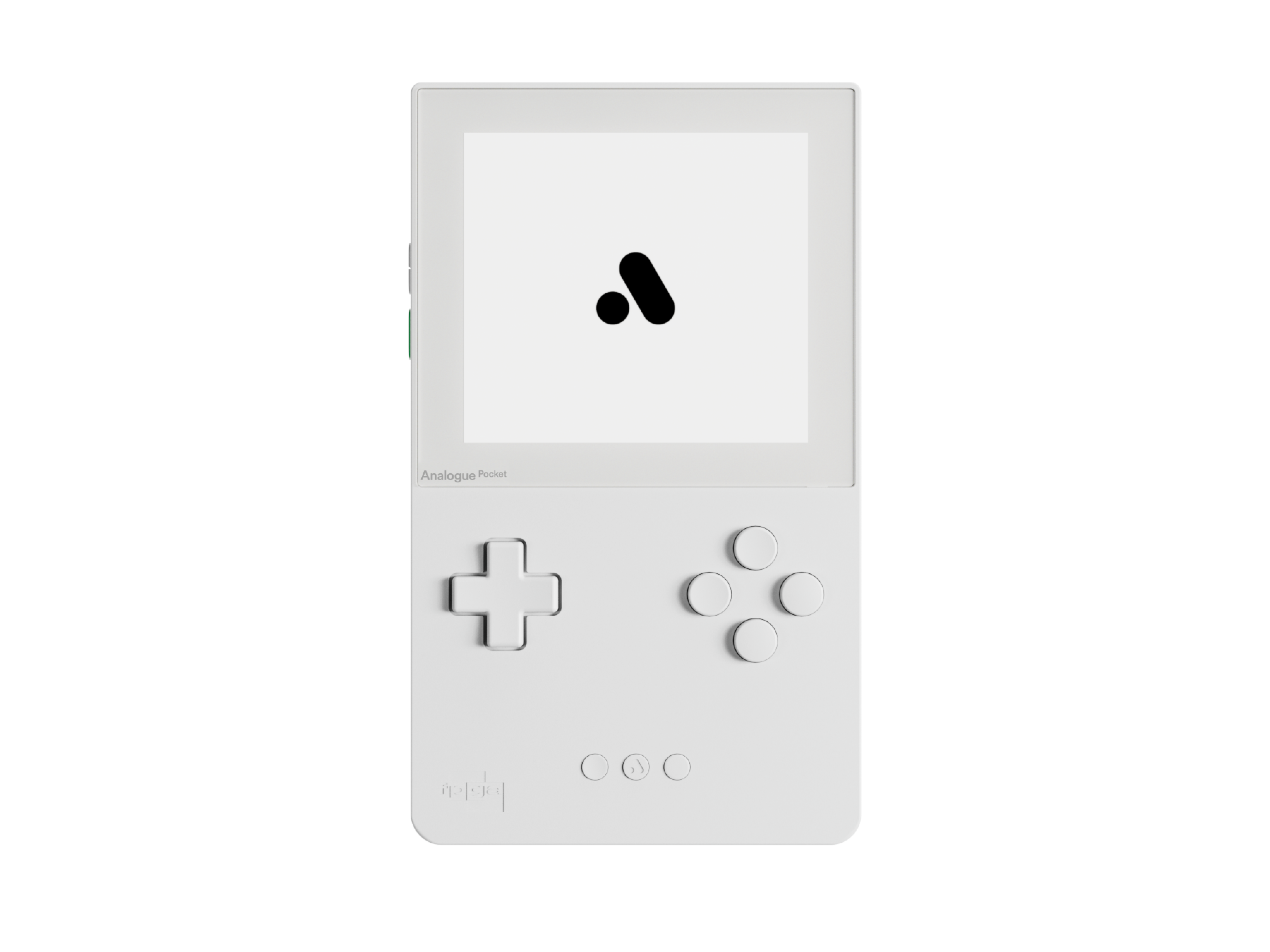
- Brand
-
Analogue
- Screen
-
3.5-inch 615 ppi LCD screen
Out of the box, the Analogue Pocket is compatible with Game Boy, Game Boy Color & Game Boy Advance game cartridges. Pocket works with cartridge adapters for other handheld systems, too, like Game Gear, Neo Geo Pocket Color, and Atari Lynx. It is completely engineered in two FPGAs, and there is no emulation.
A Retro Experience
More than anything, though, these third-party consoles provide the closest you can get to a retro experience without using the original hardware itself. Emulators will let you play hundreds of games at your fingertips and give you modern features like save states, but they’re missing some of the fun of actually playing retro games.
I know I want the whole experience. Connecting everything up to the TV, blowing out the cartridges, and picking up your old controller as the game boots up—it’s about more than actually playing the games. Something like a Raspberry Pi can replicate part of it, but you don’t get the same experience as you are really looking for.
Isn’t the child-like wonder of booting up your SNES or Genesis for the first time part of why we love retro gaming so much in the first place?
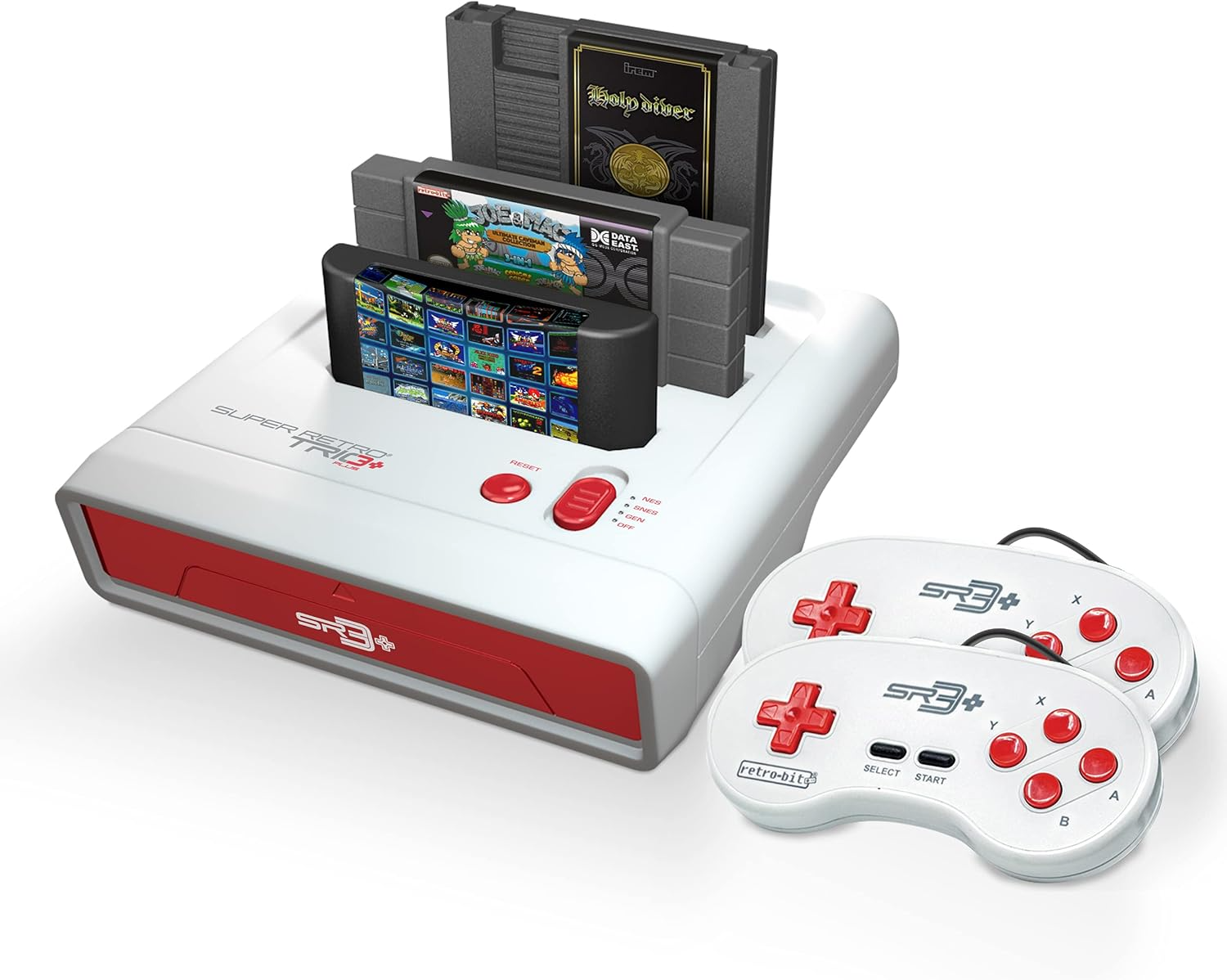
- What’s Included
-
Console and 2 controllers
- Brand
-
Geek Theory
Step up your retro-gaming experience and relive three classic systems like never before, in crisp 720p resolution! The SR3 Plus is the premium top-loading Console for all of your original NES, SNES, and Genesis games.
It’s Not All Perfect
But here’s the thing about clone consoles—they’re created by third parties. That means that the experience will never be 1:1 to the original console. Companies need to skirt the line between making their consoles look like the original consoles, but not too close to them, or they risk legal action against them.
Also, these companies can only make replicas because patents on the hardware used to make the original consoles expired. It takes about 20 years for these patents to expire, and that limits the number of consoles that can legally be replicated. Depending on what you’re looking for and what your definition of ‘retro’ is, there may not be a console you want to play.
Good clone consoles aren’t cheap, either. The Analogue consoles are usually the best replicas, and the price varies between $220 and $250 for just the console. If you want an adapter set for the Analogue Pocket, that’s another $100 out of pocket, and the costs can quickly add up. If you go with another company’s (usually cheaper) replica, other issues can crop up, such as compatibility or issues similar to what you see on an emulator.

Related
The Best Games Aren’t New, Which Is Great News for Your Wallet
You probably already have a few of them in your backlog.
Finally, for replica consoles, you’re only going to have the best experience when you have a physical collection to play with. While many of the options available on the market can take SD cards and play ROMs, a console would be a significant investment for such little payoff.
If you’re looking to play games on the big screen but don’t have the retro collection to match, you’re generally better off picking up a Raspberry Pi kit and building your machine. That way, you’ll have access to a much larger collection of retro games at a similar (or even cheaper) price.
Ultimately, you need to decide if the price of nostalgia is worth it.
